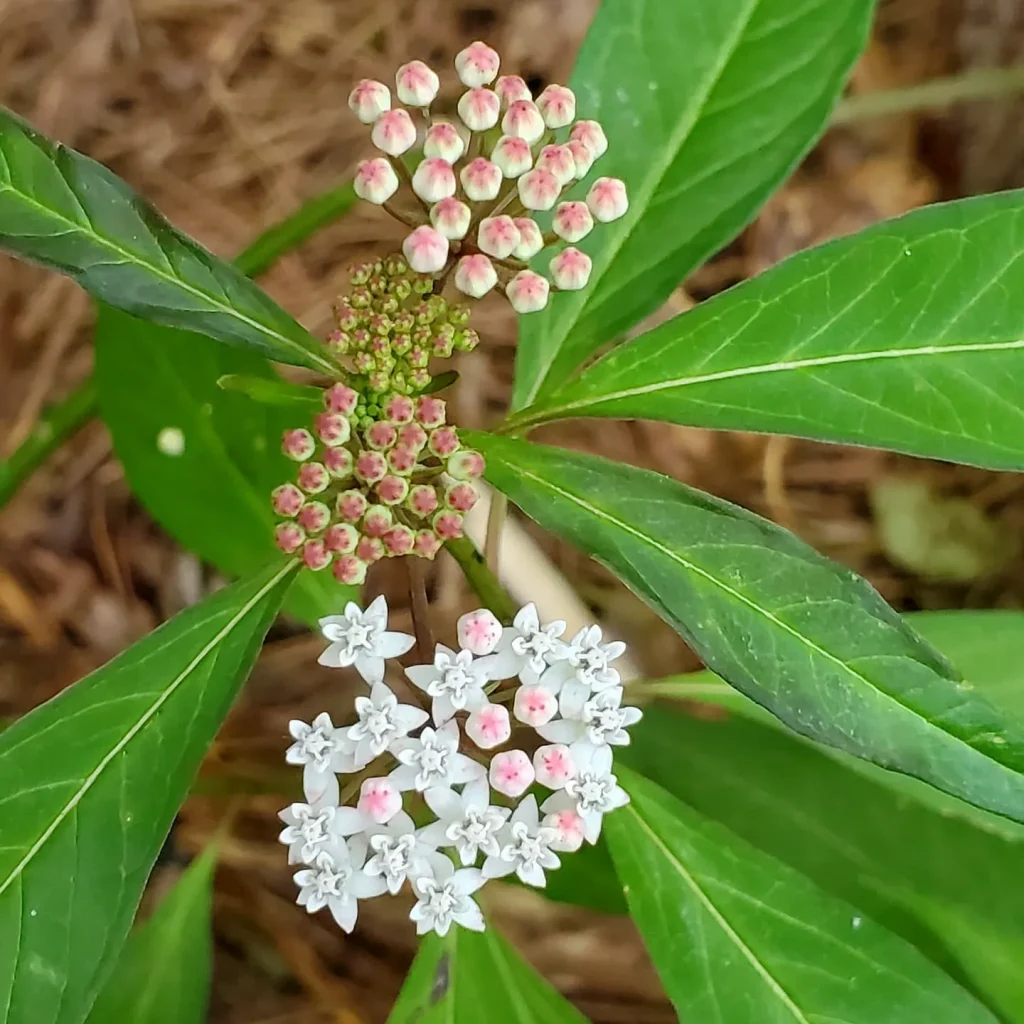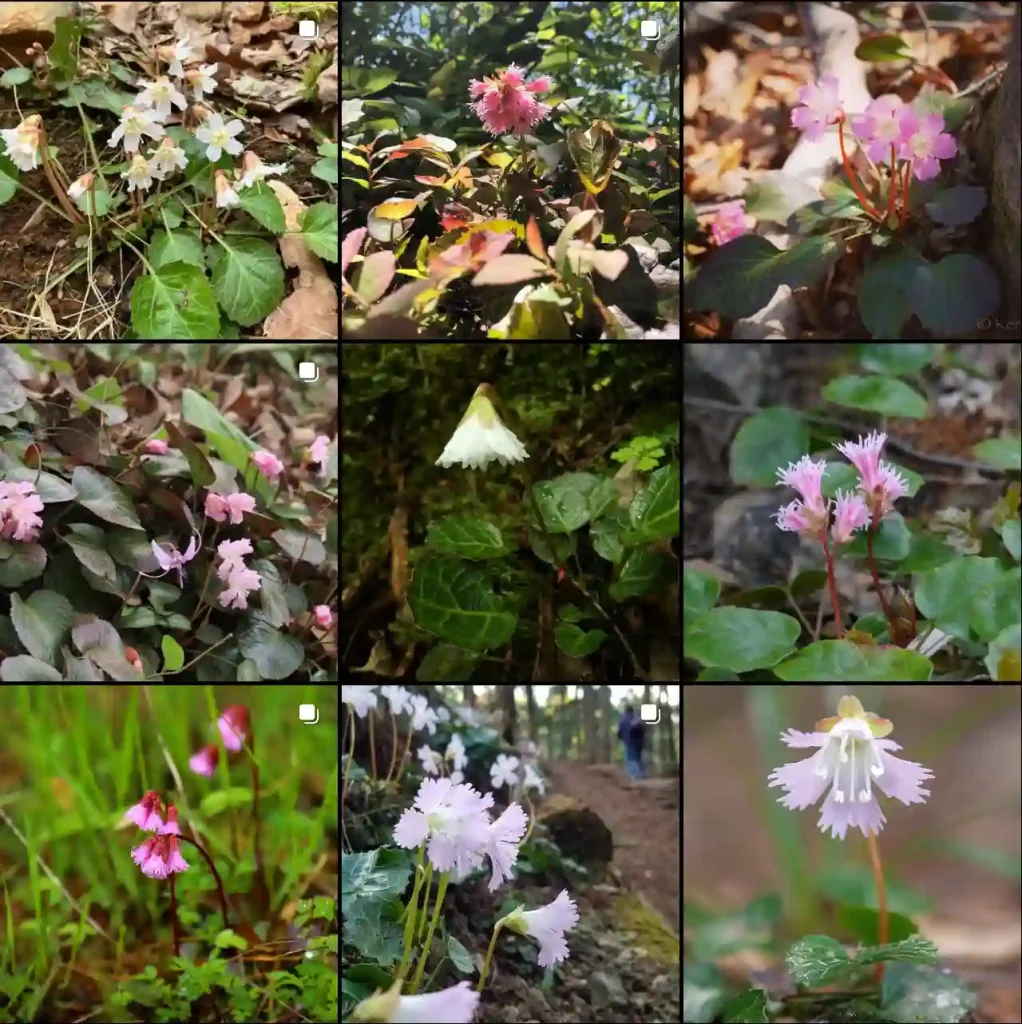FAQs About Acer Tataricum: Everything You Need to Know
Acer Tataricum, commonly known as the Tatarian Maple, is a fascinating and versatile tree that can add beauty and interest to various landscapes. Whether you’re a seasoned gardener or just getting started, you might have questions about how to care for this unique plant. In this article, I’ll address some of the most frequently asked questions about Acer Tataricum and share my personal insights.
168 Species in Genus Acer – Maple Tree
What Is Acer Tataricum?
Acer Tataricum is a species of maple native to eastern Europe and northern Asia. Known for its striking foliage and adaptability, this tree features a rounded crown and can grow up to 20-30 feet tall. Its leaves are typically trifoliate, meaning they have three leaflets, and they turn a beautiful yellow to red in the fall. The Tatarian Maple is valued for its ornamental qualities and its ability to thrive in various soil types.
How to Care for Acer Tataricum?
Caring for Acer Tataricum is relatively straightforward. This tree prefers full sun to partial shade and well-drained soil. It can tolerate a range of soil types, including clay and sandy soils, but it thrives best in slightly acidic to neutral soil. Regular watering is essential, especially during dry periods. Mulching around the base can help retain soil moisture and regulate temperature. Fertilize in early spring with a balanced fertilizer to support healthy growth.
How to Prune Acer Tataricum?
Pruning Acer Tataricum is important for maintaining its shape and health. Ideally, pruning should be done in late winter or early spring before new growth starts. Begin by removing any dead or damaged branches. Thin out crowded areas to improve air circulation and light penetration. If you want to shape the tree, make sure to cut back to just above a leaf or bud to encourage new growth. Avoid heavy pruning, as this can stress the tree and affect its overall health.
How to Propagate Acer Tataricum?
Propagating Acer Tataricum can be done through seeds or cuttings. For seed propagation, collect the seeds in late summer and stratify them by placing them in a moist, cold environment for a few months before sowing. Plant the seeds in a well-drained potting mix and keep them moist until germination. For cuttings, take semi-hardwood cuttings in late summer, dip them in rooting hormone, and plant them in a pot with a well-drained mix. Keep the cuttings in a humid environment until they develop roots.
What to Plant with Acer Tataricum?
Acer Tataricum pairs well with a variety of plants due to its adaptable nature. Consider planting it alongside perennial flowers like daylilies or coneflowers for a vibrant garden display. It also complements other deciduous shrubs and trees, such as dogwoods or viburnums, which can enhance the overall landscape. For a more formal look, plant it near evergreens like holly or juniper.
Can You Grow Acer Tataricum Indoors?
Acer Tataricum is best suited for outdoor environments due to its size and growth habits. While it’s possible to grow a young Tatarian Maple in a large indoor container, it may not thrive indoors for long periods. The tree requires ample light and space to develop properly, which can be challenging to provide indoors. For best results, it’s recommended to grow Acer Tataricum outdoors where it has plenty of room to flourish.
Is Acer Tataricum Toxic?
Acer Tataricum is not considered toxic to humans or pets. This makes it a safe choice for gardens and landscapes where children and animals play. However, it’s always a good practice to prevent ingestion of any plant material, especially by curious pets.
Benefits of Acer Tataricum
The Tatarian Maple offers several benefits. Its attractive foliage provides seasonal interest, changing colors from green to yellow and red in the fall. The tree is relatively low-maintenance and adaptable to different soil conditions. It also has a moderate growth rate, making it a good option for smaller gardens or urban environments. Additionally, its compact size means it can be used as a specimen tree or as part of a hedge.
Common Problems with Acer Tataricum
While Acer Tataricum is generally hardy, it can be susceptible to a few common issues. Watch out for pests like aphids or scale insects, which can cause damage to the leaves. Fungal diseases such as powdery mildew might also occur, especially in humid conditions. Ensuring proper spacing, air circulation, and avoiding overhead watering can help prevent these problems.
Compare Acer Tataricum with Other Maples
When compared to other maples, Acer Tataricum stands out for its trifoliate leaves and adaptability to a range of soil types. Unlike the Japanese Maple (Acer palmatum), which prefers more acidic soils and requires more meticulous care, Acer Tataricum is more tolerant of varying soil conditions and is generally easier to maintain. Its growth habit is also more compact compared to the larger Sugar Maple (Acer saccharum), making it a suitable choice for smaller gardens.
Conclusion
Acer Tataricum is a versatile and beautiful tree that can enhance any garden. By understanding how to care for, prune, and propagate this tree, you can ensure its health and longevity. Whether you’re pairing it with other plants, growing it indoors, or simply enjoying its ornamental qualities, Acer Tataricum offers many benefits and can be a great addition to your landscape.
If i die, water my plants!



